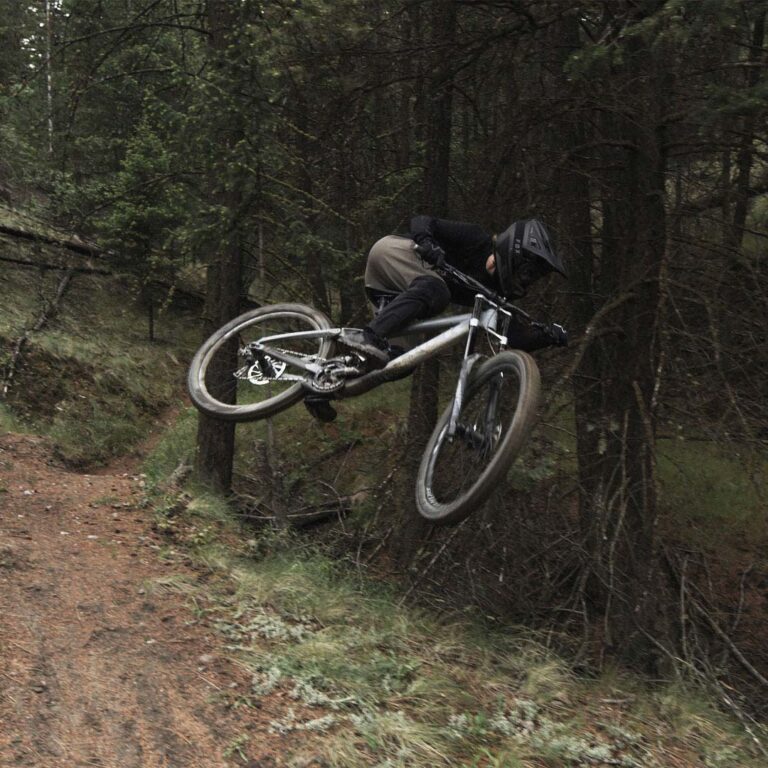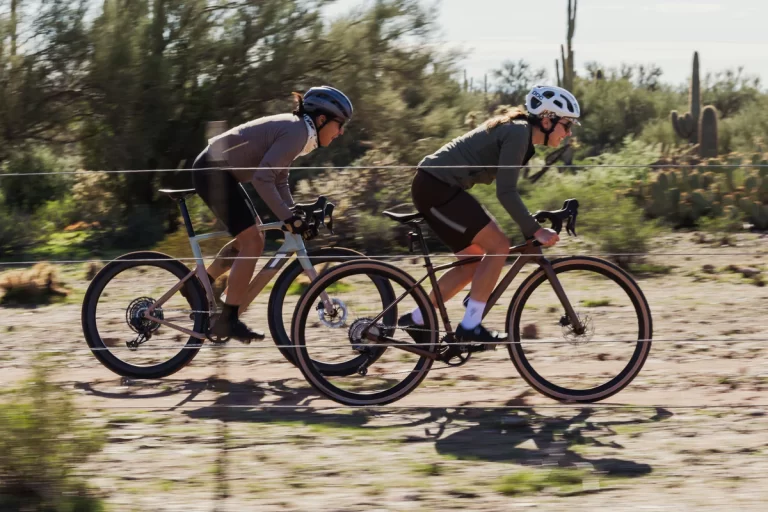Tracing The Evolution of Downhill Bikes: From Rugged Beginnings to High-Tech Speed Machines
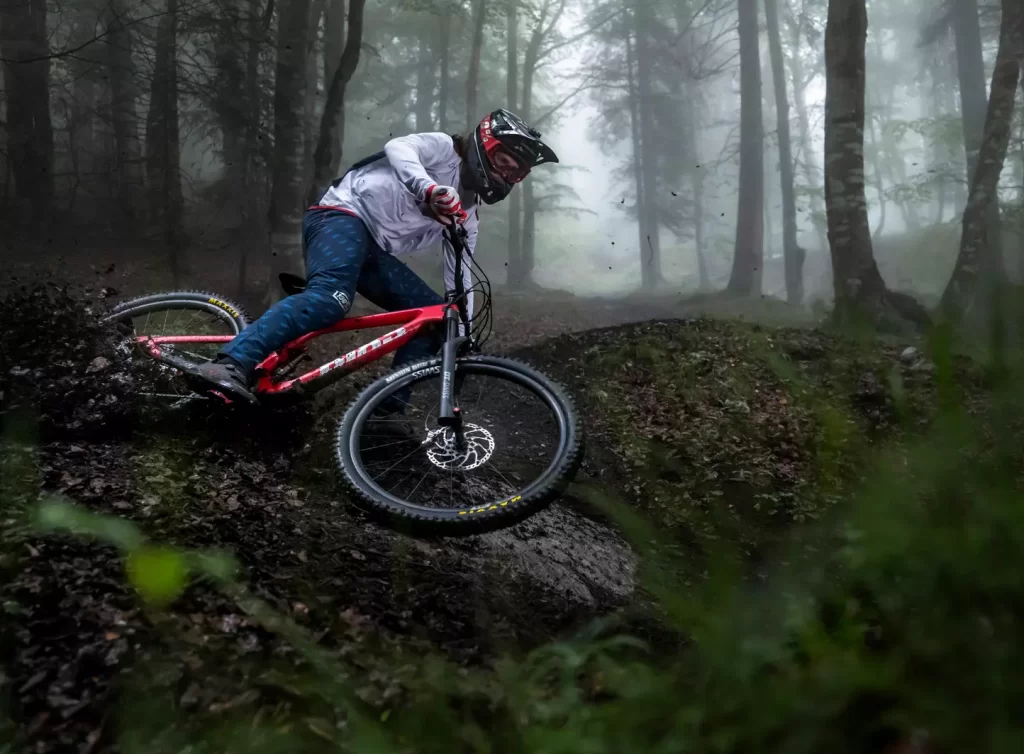
Key Point Summary of The Evolution of Downhill Bikes:
- Origins of Downhill Biking: Downhill biking’s roots trace back to the thrill-seeking mountain bikers of the 1970s, who modified their bikes to handle the demands of descending steep, rough terrains.
- Design Advancements: Over the decades, downhill bikes have seen significant innovations, including suspension systems, frame materials, and geometry adjustments, tailored to improve control, speed, and safety.
- Modern Downhill Bikes: Today’s downhill bikes are engineering marvels, featuring lightweight yet durable materials, sophisticated suspension, and optimized geometries for unparalleled downhill performance.
The evolution of downhill bikes is a fascinating journey through the heart of mountain biking, marked by relentless innovation and a passionate community that pushes the boundaries of what’s possible on two wheels. As a seasoned cyclist with years of experience racing and riding across various disciplines, including the adrenaline-fueled world of downhill (DH) biking, I’ve witnessed firsthand the transformation of these machines from their rudimentary ancestors to the high-tech wonders they are today. This article aims to explore the history, design advancements, and key milestones in the evolution of downhill bikes, providing insight for cyclists at beginner to mid-level experience.
The Dawn of Downhill Biking
Downhill biking’s inception in the 1970s was fueled by adventurers seeking to conquer mountainous terrains on two wheels, leading to the creation of bikes specifically designed for descending. These early DH bikes were essentially modified road bikes, equipped with heavier frames and rudimentary brakes to handle the steep, uncharted trails.
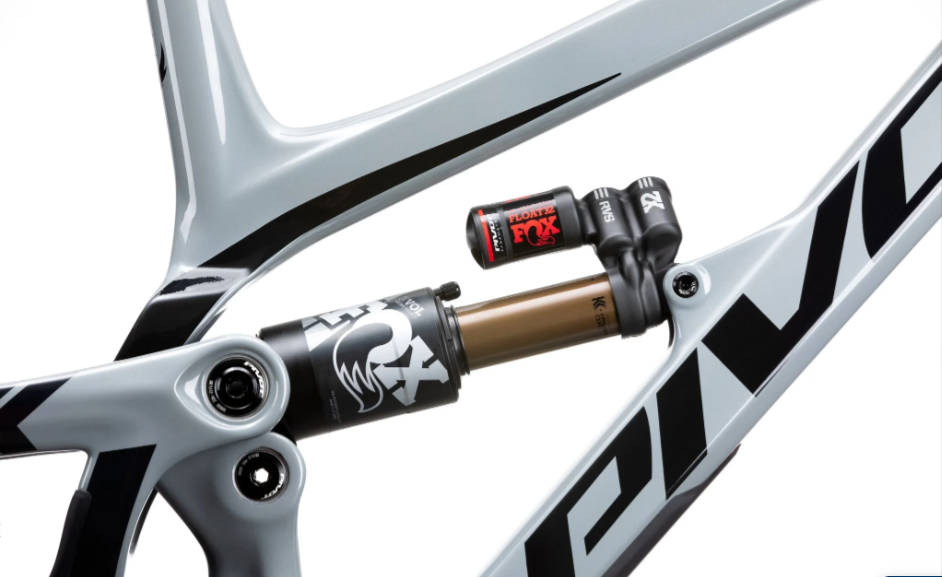
The Suspension Revolution
A pivotal moment in the evolution of downhill bikes was the introduction of suspension systems. Initial designs featured front-only suspension forks, a leap forward that significantly improved control and comfort on rough descents. By the mid-1990s, full-suspension models became the standard for DH bikes, with designs evolving rapidly to offer more travel, better damping, and reduced weight.
Frame Materials and Geometry
As downhill biking progressed, so did the materials and geometries used in bike frames. Early steel frames gave way to lighter, stronger materials like aluminum and carbon fiber, allowing for more aggressive riding styles. Geometry also evolved, with slacker head angles, longer wheelbases, and lower bottom brackets becoming common to enhance stability at high speeds and maneuverability on technical sections.
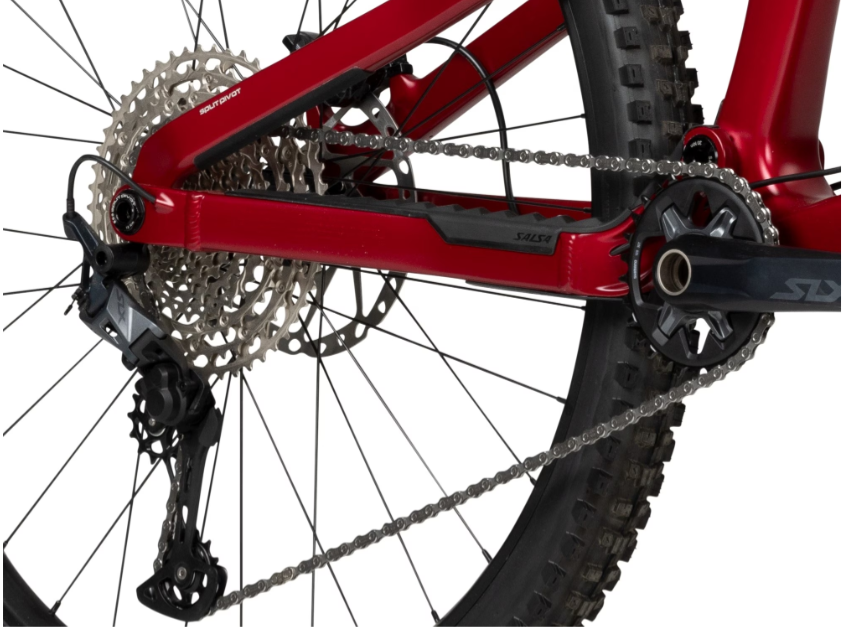
The Role of Wheel Size
Wheel size has been another area of significant evolution in downhill biking. The traditional 26-inch wheels were eventually challenged by 27.5-inch and 29-inch options, offering improved rollover capability and traction. This transition marked a significant shift in downhill biking performance, with riders achieving faster, more confident descents.
Innovations in Components
Downhill bikes have also benefited from advancements in components, such as hydraulic disc brakes, which provide superior stopping power, and drivetrains optimized for downhill use, ensuring durability and reliability. Suspension technology has also seen remarkable progress, with air and coil shocks offering adjustable settings to suit different rider weights and preferences.
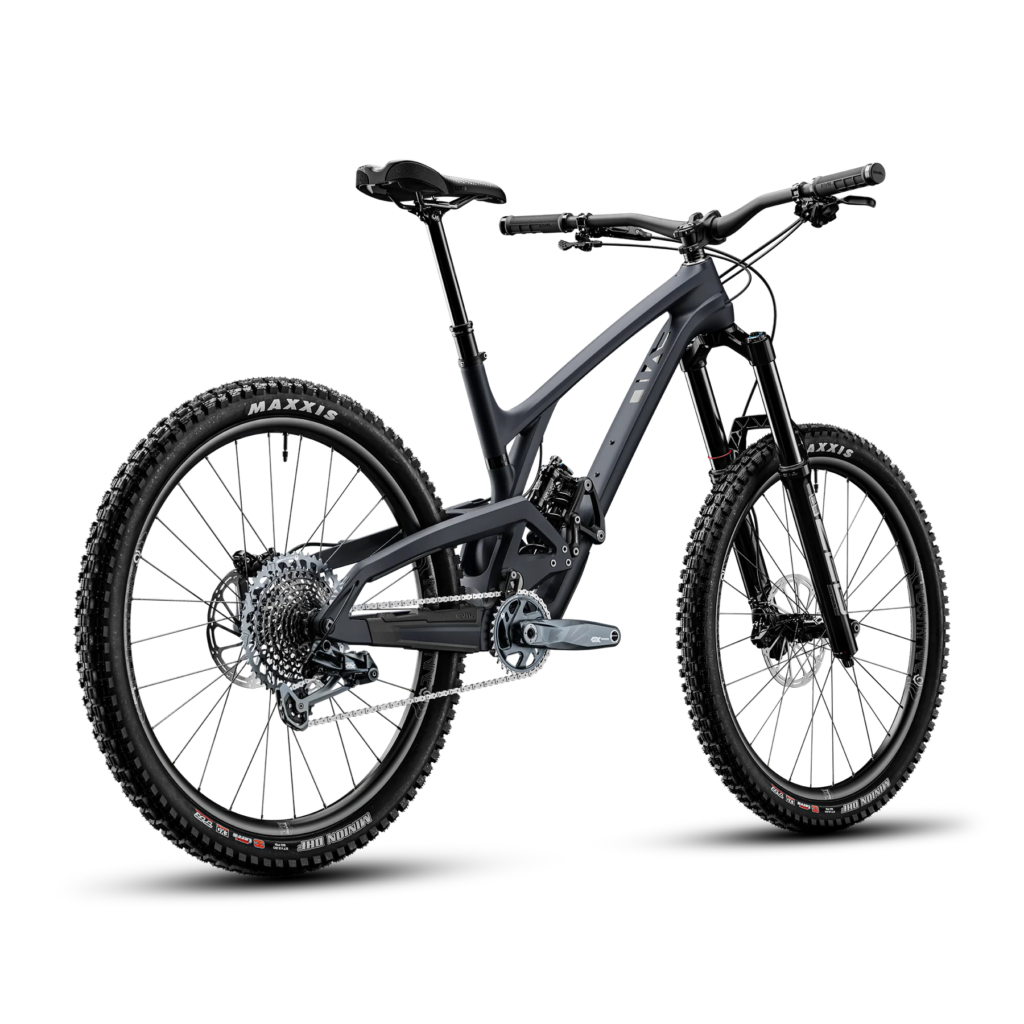
Personal Insights
Reflecting on my downhill biking journey, I recall the early days of navigating descents on bikes that were far from the optimized machines we ride today. The thrill of the descent was often matched by the challenge of maintaining control. The introduction of full-suspension bikes was a game-changer, transforming the downhill experience from a battle against the terrain to a more fluid, exhilarating ride.
One particular memory that stands out is my first ride on a bike equipped with modern hydraulic disc brakes. The level of control and confidence they offered on steep, technical descents was nothing short of revolutionary, allowing for faster, safer riding.
Reflecting on the evolution of downhill bikes and their remarkable journey from rugged beginnings to today’s high-tech marvels, here are the top three downhill bikes that exemplify the pinnacle of design, performance, and technological advancements. These bikes are designed to tackle the world’s toughest descents, offering cutting-edge features for both budding enthusiasts and seasoned racers.
1. Specialized Demo Race
- Features: The Specialized Demo Race is a testament to modern downhill engineering, featuring a carbon frame that balances strength and lightweight efficiency. Its progressive geometry and innovative suspension setup, including a high-performance rear shock and adjustable front fork, ensure optimal control and speed on demanding downhill courses.
2. Santa Cruz V10
- Features: With a legacy of World Cup victories, the Santa Cruz V10 continues to push the boundaries of downhill performance. It offers a carbon frame with variable geometry settings, allowing riders to fine-tune their ride. The V10’s advanced suspension system provides unparalleled traction and bump absorption, making it a favorite among professional downhill racers.
3. Trek Session 9.9
- Features: The Trek Session 9.9 stands out with its ultra-lightweight carbon frame and cutting-edge suspension technology, designed to conquer the steepest and most technical descents. It features a geometry optimized for high-speed stability and agility, with a rear shock and fork that deliver smooth, responsive performance over all types of terrain.
These downhill bikes represent the zenith of downhill biking technology and innovation, embodying the evolution of the sport into its current state. Whether you’re charging down World Cup tracks or local downhill trails, these bikes are engineered to provide the ultimate in speed, control, and adrenaline-pumping performance.
Final Thoughts
The evolution of downhill bikes is a testament to the spirit of innovation that drives the mountain biking community. From their humble beginnings to the sophisticated speed machines of today, downhill bikes have transformed in every conceivable way to meet the demands of a sport that continues to push the limits of riders and equipment alike. For those new to downhill biking or looking to deepen their understanding of this thrilling discipline, appreciating the history and technological advancements of these bikes can enhance not only your riding experience but also your appreciation for the sport’s ongoing journey of evolution.
John
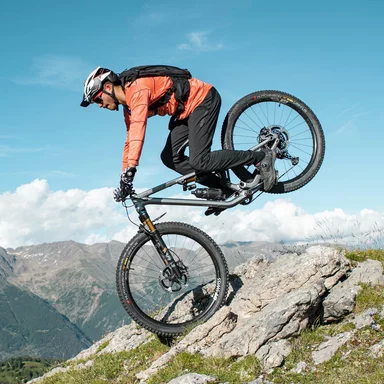
FAQ
What was the first downhill bike?
The first downhill bike is often credited to the modifications made by enthusiasts in the late 1970s in Marin County, California, particularly the early klunkers which were modified cruisers adapted for off-road use and racing downhill, leading to the development of specialized downhill bikes.
How have mountain bikes changed over the years?
Mountain bikes have evolved significantly over the years from rigid frames and forks to advanced full-suspension designs, from steel to lightweight materials like aluminum and carbon fiber, and from simple mechanical components to sophisticated gear systems, hydraulic disc brakes, and adjustable suspension technology. Wheel sizes have also shifted from the traditional 26-inch to 27.5-inch and 29-inch options, reflecting changes in performance preferences.
What is the point of a downhill bike?
The point of a downhill bike is to provide optimized performance for descending steep and technical terrain at high speeds. Downhill bikes feature long travel suspension, durable frames, and aggressive geometries to handle jumps, drops, and rough trails, offering riders the stability, control, and confidence needed to tackle challenging downhill courses safely and competitively.

